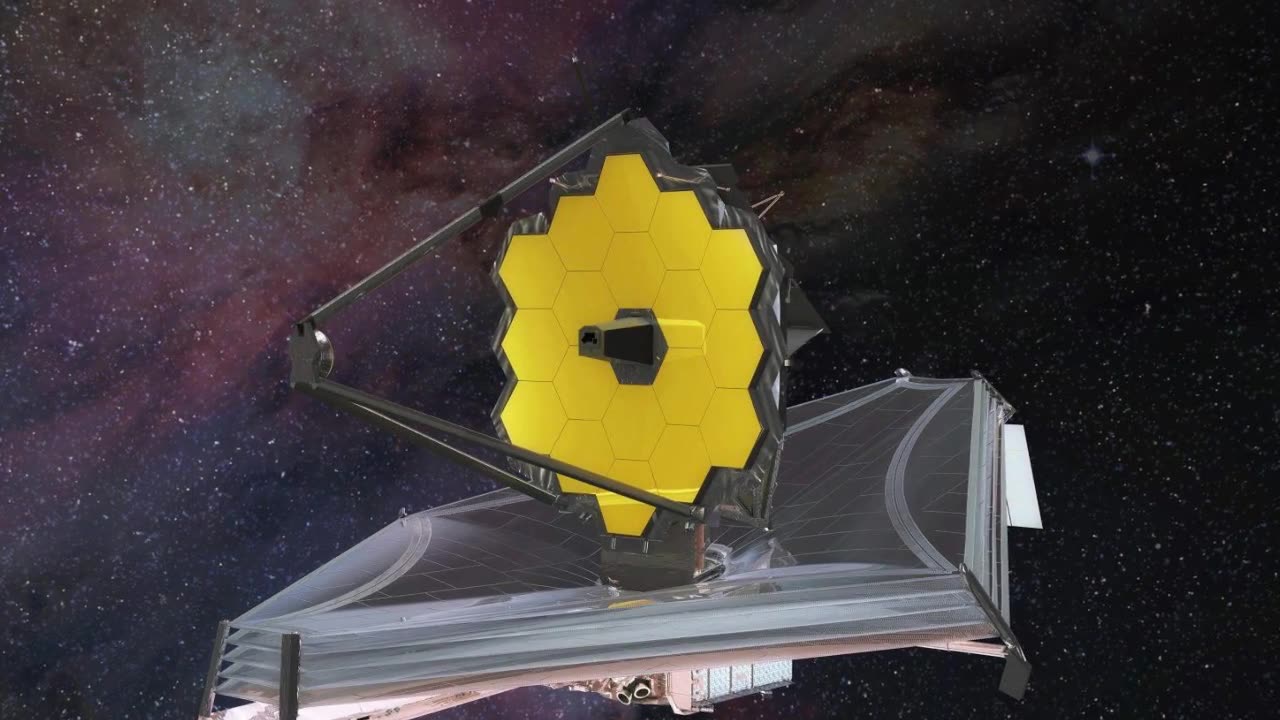Premium Only Content

Webb’s Super-Earth Discovery: Potentially Habitable World Just 48 Light-Years Away
A team of astronomers has made an exciting discovery about the temperate exoplanet LHS 1140 b: it could be a promising “super-Earth” covered in ice or water.
LHS 1140 b, once thought to be a mini-Neptune, is now considered a possible super-Earth with a nitrogen-rich atmosphere, as suggested by James Webb Space Telescope data. Located in a habitable zone, it may have conditions favorable for liquid water, making it a key focus for future astrobiological studies.
When it was first discovered, astronomers speculated that the exoplanet LHS 1140 b might be a mini-Neptune. This means it would be an essentially gaseous planet, but very small in size compared to Neptune. However, after analyzing data from the James Webb Space Telescope (JWST) collected in December 2023 — combined with previous data from other space telescopes such as Spitzer, Hubble, and TESS — scientists have come to a very different conclusion.
-
 LIVE
LIVE
BEK TV
22 hours agoTrent Loos in the Morning 7/24/2025
370 watching -
 7:02
7:02
China Uncensored
14 hours agoWell, I Guess Now We Know...
9.63K16 -
 46:10
46:10
Members Club
18 hours ago $0.65 earnedThe WNBA Has Demands, TSA Loosens Up, and NYC Has a Whale Whisperer - MC04
8.36K1 -
 1:35:15
1:35:15
Man in America
14 hours ago🚨 ALERT: Hospitals in the U.S. Are KILLING Patients… for Their Organs!
81.6K38 -
 8:00
8:00
DropItLikeItsScott
14 hours ago $0.74 earnedIs This The BEST SIG P365? SIG P365 FUSE
7.27K -
 11:55
11:55
The Shannon Joy Show
13 hours ago🔥Babies Aborted for Cash.🔥
7.6K -
 6:24
6:24
Zach Humphries
14 hours agoBreaking Crypto News on Crypto Regulation!
8.39K3 -
 15:41
15:41
BaldBrad
15 hours agoDeclassified BOMBSHELL: CIA Lied About Trump-Russia! Putin Never Backed Trump | Russiagate Exposed
7.66K5 -
 13:07
13:07
Nate The Lawyer
16 hours ago $1.13 earnedWNBA Loses $500M But Players Want More Money. $40M Lost Last Year.
8.46K6 -
 11:43
11:43
Zoufry
18 hours agoThe McDonald's Ice Cream Machine Conspiracy
7.33K3